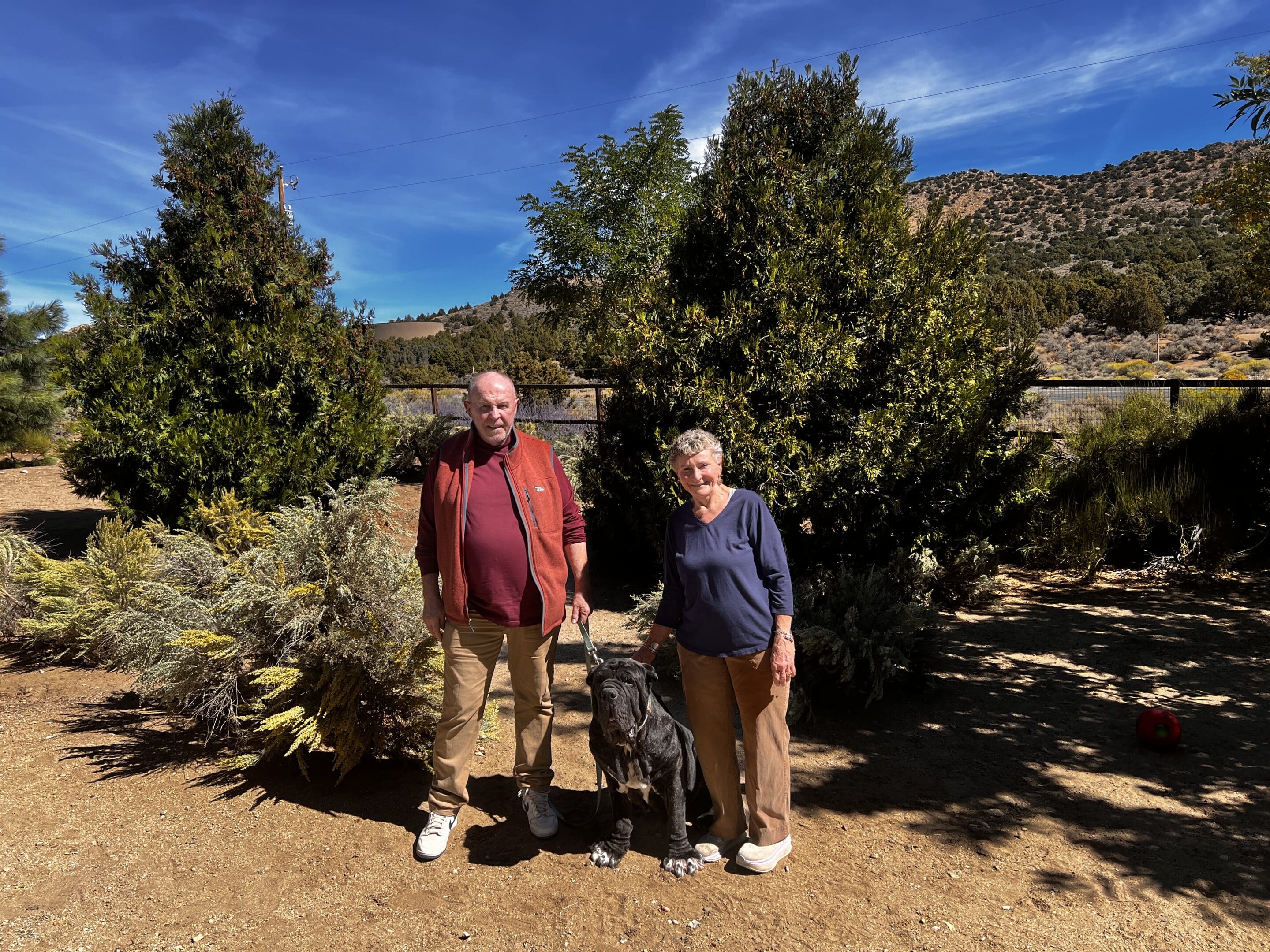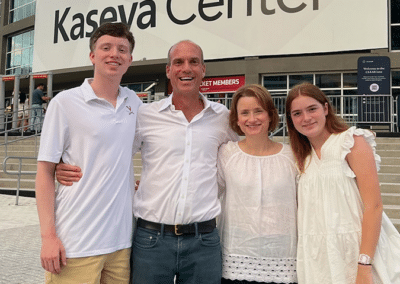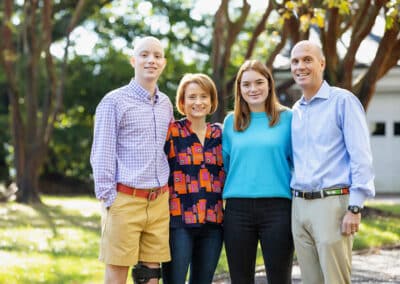Naming a nonprofit in your will or estate plan is one of the most significant ways to support the causes you care about, including osteosarcoma research.
“Planned giving is not just about leaving a gift after you’re gone; it is about creating a legacy that reflects your values and supports causes that matter to you,” says Emily Allbright, a seasoned fundraising executive and member of the Osteosarcoma Institute’s development committee. “We’ve seen firsthand how transformative these gifts can be.”
If you have never made a planned gift before, you might feel uncertain about where to start.
What is Planned Giving?
Before we address common misconceptions about charitable estate planning, let’s cover some important terms.
Planned giving is the process of designating a future gift that will leave a lasting legacy to a nonprofit organization, often through a will or estate plan. It costs you nothing today and allows you to dedicate a part of your legacy to finding a cure for osteosarcoma.
A will is a legal document that specifies how your assets will be distributed after your death, as compared with a living will, which outlines your wishes for medical care if you become incapacitated.
A bequest is any gift specified in your will, which could be in the form of money, stocks, real estate, or other tangible assets (jewelry, art, collections, etc.). You can make a charitable bequest by specifying in your will that you wish to leave a portion of your estate to a nonprofit organization such as the Osteosarcoma Institute.
That’s exactly what Robyn Roth and Mack McKinley (pictured above) did when they learned about the OSI’s work after losing their beloved dog, Lavinia, to osteosarcoma. Hopeful that there are better treatments still to come — even if discovered after their lifetime — Robyn and Mack decided to earmark a portion of their estate for the OSI upon their passing.
“We want to ensure that the assets we have developed are distributed to secure organizations like the OSI who will continue our mission long after we are gone,” McKinley says. “We have lost so many of our beloved pups to cancer. We are thrilled to have discovered the OSI, and we know that they will be there to continue the research and find a preventative route and a cure for osteosarcoma.”
Another simple yet impactful way to make a planned gift is by naming a nonprofit organization as the primary or secondary beneficiary of a life insurance policy.
“This can be a great option for those who want to make a significant impact without altering their current financial situation,” Allbright says. “It’s as easy as updating your beneficiary information with your insurance provider, and it allows you to leave a lasting legacy.”
Now, let’s take a closer look at the truth behind six common myths about estate planning and explore the benefits of planned giving.







